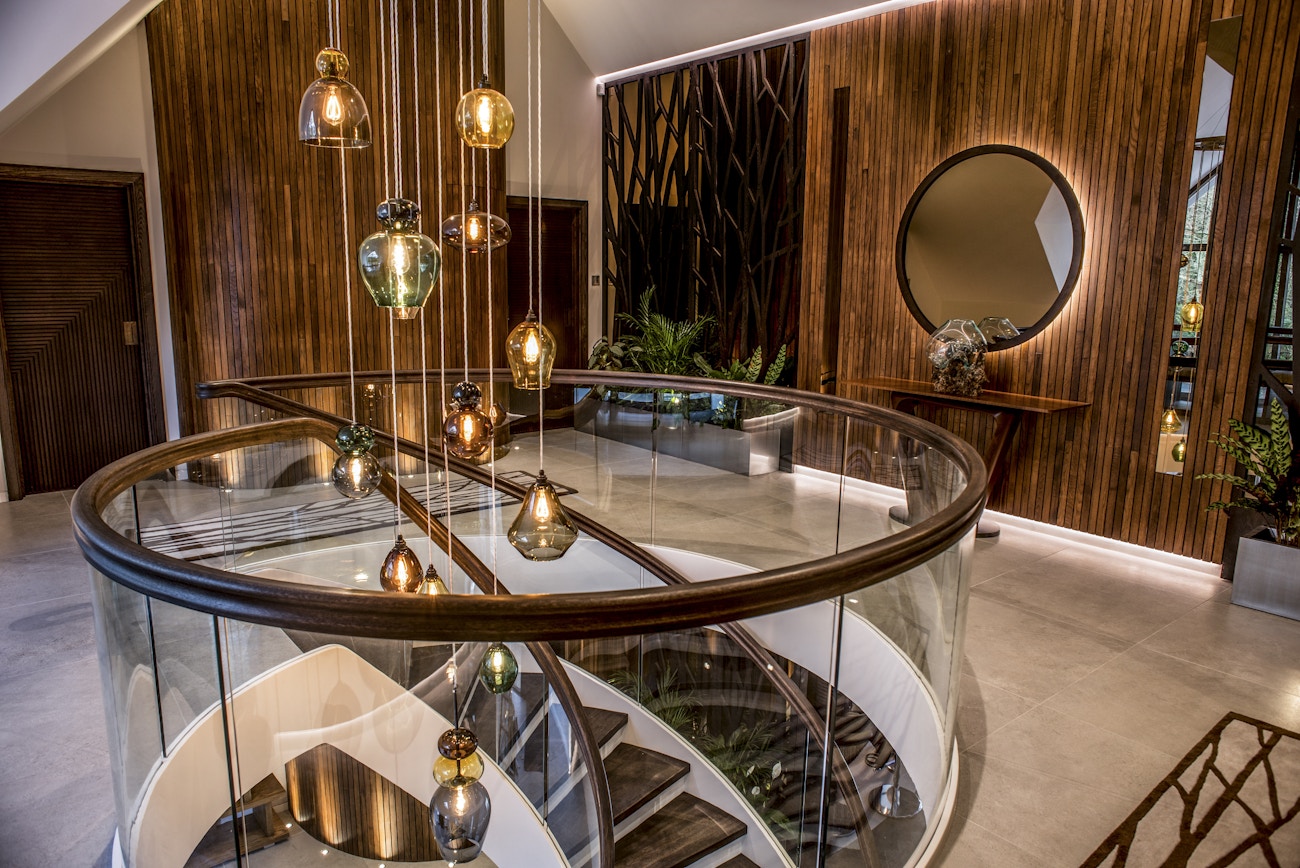
3 top tips on lighting artwork
Lighting artwork and sculptures can be an exciting challenge. One crucial element in displaying artwork, though, is to ensure it’s always seen in the best light. We’ve compiled a list of 3 top tips on lighting artwork.
Blog

Author: Greg Devenish
Lighting design goes beyond the selection of lighting fixtures, their location, and bulbs used. It involves the identification of lighting requirements, the calculation of lighting parameters, and the selection of control systems. It also requires an understanding of technical details, as well as the safety guidelines for various building types and room-specific regulations.
In short, there’s a lot more to lighting than what meets the eye.
Because of this, it’s highly recommended you reach out to a lighting professional whether you’re renovating an existing space or building a new one.
The right lighting design consultant will have the expertise and experience you need, approaching your lighting scheme with the following steps:
First things first, a lighting designer will need to work alongside you to establish your lighting budget. Having discussed the various possibilities with price brackets and what they can achieve, the expert can then work towards creating a lighting scheme that offers your space the best value, without any surprises.
Once agreed, the expert can begin to paint a full picture of what the lighting installation should achieve, and the level of illumination required. This involves working closely alongside you (the client) to establish your desires, as well as taking into account the level of ambience that the lighting should provide. This is achieved through analysing the area’s shape, what to emphasize, the direction of light, and interactions with daylight.

The method of lighting determines how light will be projected/delivered. The most popular methods include surface mounted, recessed, and portable (think table lamps). At this stage, the direct must be factored in too, along with the decision on direct versus indirect lighting. The light’s main characteristics such as colour temperature and brightness should also be settled at this phase.
Then it comes to selecting the right equipment, with lumen output, size, and wattage in mind. The lighting designer will a consider the type of bulb to use as well, although 95 percent of the time it’s LED.
To ensure a successful installation and smooth-running project, your lighting design expert will also consider the fixture’s compatibility, sustainability in the operating environment, and even heat output when sketching up the design.
All in all, along with delivering illumination, lighting equipment should work with and enhance its surroundings.

Calculating the lighting parameters is a crucial step to ensuring an effective lighting design. It helps determine the total number of luminaires required to produce a given illuminance through various methods and formulas. Lighting designers typically use one of three methods:
One of the most important parts to a successful lighting scheme is the system that controls it. After all, it’s responsible for the flexibility and efficiency of your lighting plan.
Lighting controls consider the number, location, and types of switches you’ll have to turn your lights on and off. Depending on the controls you opt for, you may be able to dim the brightness levels, control your lights from a remote or app, and even select from a list of configured lighting scenes.
Take a look at the example below showcasing lighting scenes. This was designed and specified by our lighting team at Hampshire Light, which benefits from a lighting control system that gives our client full control over the lights in their kitchen. With just a click of a button, this client can set the ideal mood for what’s ahead.
See how it works for yourself by selecting the various scenes on the right-hand side.
Along with the design, lighting consultants should specify each luminaire with performance and longevity in mind. A well-made, quality luminaire will not only give off a higher standard of light, but will cost less in the long run when compared to low-quality units. A high-quality luminaire often features a durable finish and adequate heat dissipation.
Lighting professionals must also consider ease of installation, cleaning, and maintenance when selecting the right luminaires for the job.
For the last 20 years, our lighting design team at Hampshire Light have transformed high-end spaces using unrivalled passion for creative and technical excellence. With our complete end-to-end consultative process, expertise in lighting control systems and detailed plans, we can enhance your space and guide you through every step of the way.
If you’re looking for an award-wining lighting designer to help with your project, contact our expert team today. We’re more than happy to talk you though our process and welcome any question.
Lighting artwork and sculptures can be an exciting challenge. One crucial element in displaying artwork, though, is to ensure it’s always seen in the best light. We’ve compiled a list of 3 top tips on lighting artwork.
More info
Stay ahead in interior design by keeping your lighting fittings fresh and up to date. Learn why outdated fixtures hold back your projects, how trends and technology are evolving fast, and practical ways to keep your knowledge sharp, including expert tips from Hampshire Light.
More info